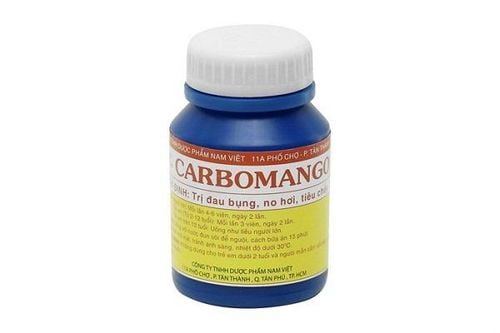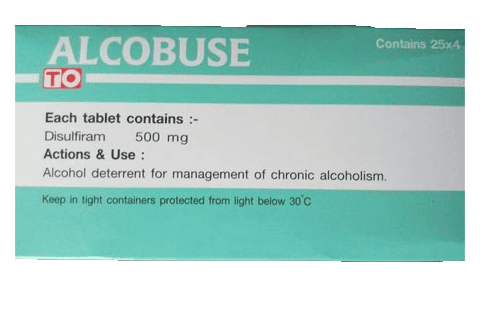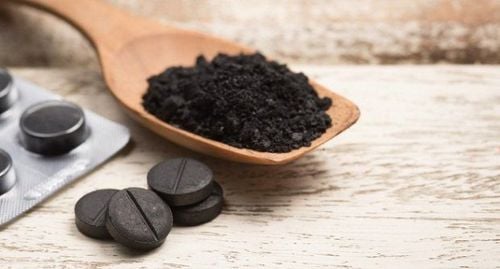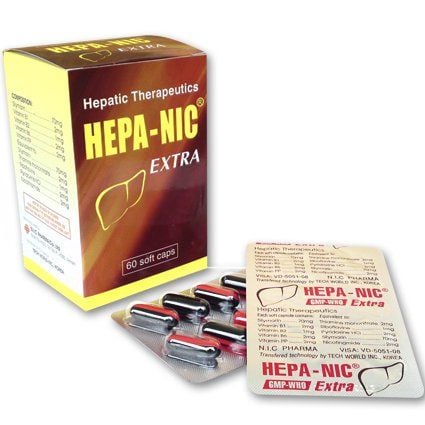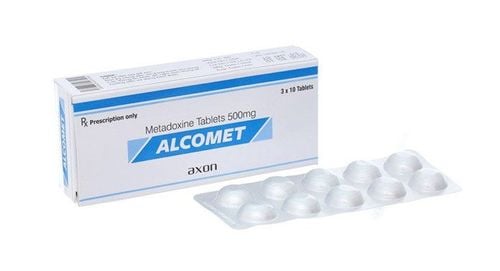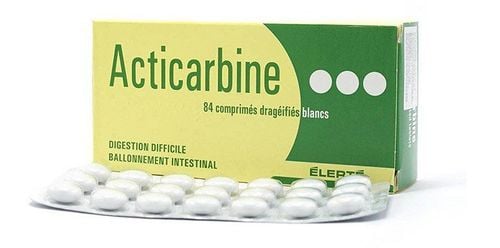This is an automatically translated article.
Activated carbon is widely used with many uses. However, not everyone understands the risks when using activated carbon. Activated charcoal is sometimes used to treat an overdose or poisoning.
1. Uses of activated carbon
People use activated charcoal to treat poisoning or drug overdose. When used in conjunction with other treatments, activated charcoal can be effective for the treatment of acute poisoning. But using activated charcoal in a few cases below may not be effective, which are poisoning cases:
Lithium Cyanide (Lithium) Alcohol Iron Tablets Iron Activated charcoal is also not used to treat poisoning with strong acids or bases. In the event of a poisoning incident like the one above, do not judge the solution, but immediately call the nearest medical center and go to the emergency room. You need to use activated charcoal as soon as possible if recommended.
Other less well-studied uses of activated charcoal include:
In pregnancy, when the biliary tract is affected (cholestasis). Prevent flatulence. Reduces high blood fat. Prevent drunkenness. Early research on the use of activated charcoal in the treatment of cholestasis in pregnancy is limited. More research is needed to prove the safety and effectiveness of activated charcoal.
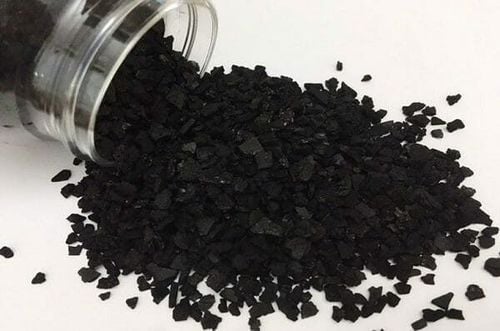
Than hoạt tính
There is currently no evidence that activated charcoal improves bloating and lowers cholesterol because study results are inconsistent. There is no evidence of the effectiveness of the methods of reducing drunkenness with activated charcoal.
The type of activated carbon used for the treatment of poisoning comes in powder form and is mixed with liquid. Once dissolved, it can be administered orally or given through a nasogastric tube. Activated charcoal in the form of an oral pill or capsule can be used for flatulence (this form is not used to treat poisoning).
The amount of drugs and toxins will be sucked into the activated charcoal when you use it. This helps to remove harmful substances from the body. Activated carbon is made from charcoal, wood, or other materials. Charcoal becomes “activated carbon” when heated to high temperatures combined with a gas or activator to expand its surface area.
2. Can we get activated carbon naturally from foods?
Activated carbon is a manufactured product. We cannot find it in foods.
3. What are the risks from using activated carbon?
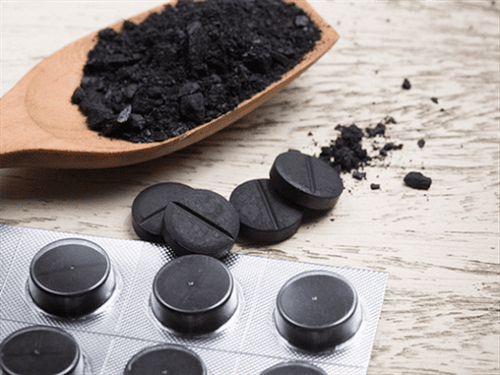
Dùng than hoạt tính có sao không?
When used for the treatment of poisoning or drug overdose, activated charcoal is generally safe. But it needs to be used when the patient is being monitored in a medical facility.
Side effects tend to occur more with long-term use of activated charcoal for bloating.
3.1 Side Effects When You Take Activated Charcoal Black Stool Black Tongue Vomiting or Diarrhea Constipation In more severe cases, activated charcoal can cause a gastrointestinal blockage.
3.2 Risks Activated charcoal should not be used in combination with medications for constipation (bleaching agents such as sorbitol or magnesium citrate) as this can cause electrolyte imbalances and other problems.
3.3 Drug Interactions
Activated charcoal may reduce or block the absorption of some drugs. Like:
Paracetamol Digoxin Theophylline Tricyclic Antidepressant Do not use activated charcoal as a dietary supplement if you are taking any of the above medications. Activated charcoal also reduces the absorption of certain nutrients.
The US Food and Drug Administration (FDA) regulates dietary supplements. But they consider them more like food than medicine. Unlike drug manufacturing facilities, dietary supplement manufacturers are not tested before being sold on the market.
Inform your doctor about all supplements you are taking, even if they are of natural origin. This way, your doctor can check for any potential side effects or interactions with medications, foods, herbs or supplements. Your doctor can tell you if the supplement increases your risk.
Please dial HOTLINE for more information or register for an appointment HERE. Download MyVinmec app to make appointments faster and to manage your bookings easily.
Article reference source: webmd.com



